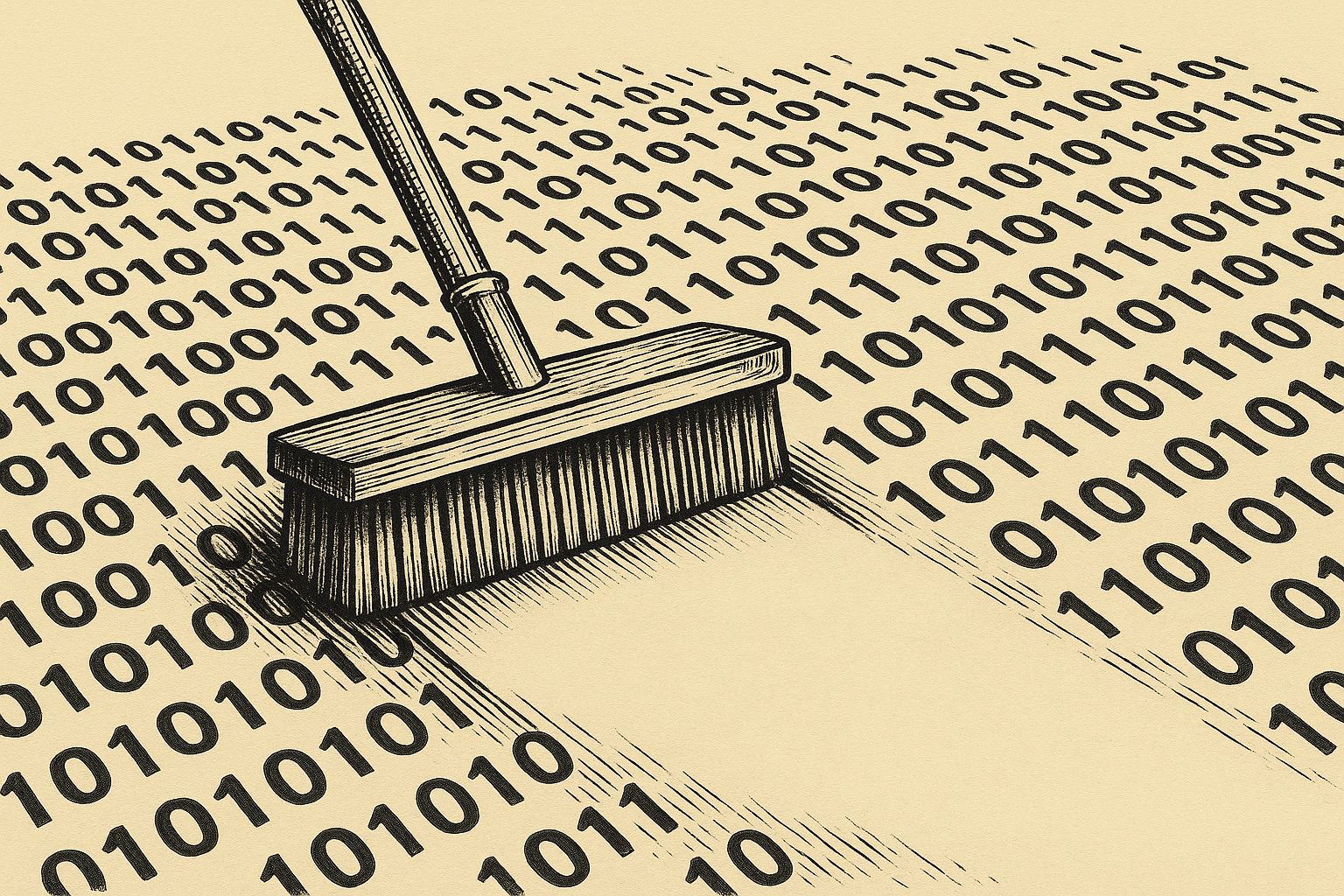- Defend & Conquer: CISO-Grade Cyber Intel Weekly
- Posts
- Building defensible deletion workflows across distributed data systems
Building defensible deletion workflows across distributed data systems
CybersecurityHQ Report - Pro Members

Welcome reader to a 🔒 pro subscriber-only deep dive 🔒.
Brought to you by:
👣 Smallstep – Secures Wi-Fi, VPNs, ZTNA, SaaS and APIs with hardware-bound credentials powered by ACME Device Attestation
🏄♀️ Upwind Security – Real-time cloud security that connects runtime to build-time to stop threats and boost DevSecOps productivity
🔧 Endor Labs – App security from legacy C++ to Bazel monorepos, with reachability-based risk detection and fix suggestions across the SDLC
📊 LockThreat – AI-powered GRC that replaces legacy tools and unifies compliance, risk, audit and vendor management in one platform
Forwarded this email? Join 70,000 weekly readers by signing up now.
#OpenToWork? Try our AI Resume Builder to boost your chances of getting hired!
—
Get lifetime access to our deep dives, weekly cyber intel podcast report, premium content, AI Resume Builder, and more — all for just $799. Corporate plans are now available too.
Executive Summary
In 2025, organizations face unprecedented challenges in managing the lifecycle of sensitive personal data. With global data volumes exceeding 180 zettabytes and regulatory penalties for improper data handling reaching record highs, the ability to completely and verifiably delete sensitive information has become a critical security capability. This whitepaper examines the most effective technical and procedural approaches for designing defensible deletion workflows that ensure complete removal of sensitive personal data across diverse digital storage systems.

Our analysis reveals that successful deletion workflows require a hybrid approach combining cryptographic erasure, storage-specific sanitization techniques, and hardware-supported verification mechanisms. Organizations implementing comprehensive deletion frameworks report 58% reduction in data breach impact, 40% decrease in storage costs, and significantly improved regulatory compliance postures. Key findings include the critical importance of workflow automation, the necessity of storage-aware deletion methods, and the emerging role of zero-knowledge proofs in deletion verification.

Subscribe to CybersecurityHQ Newsletter to unlock the rest.
Become a paying subscriber of CybersecurityHQ Newsletter to get access to this post and other subscriber-only content.
Already a paying subscriber? Sign In.
A subscription gets you:
- • Access to Deep Dives and Premium Content
- • Access to AI Resume Builder
- • Access to the Archives
Reply